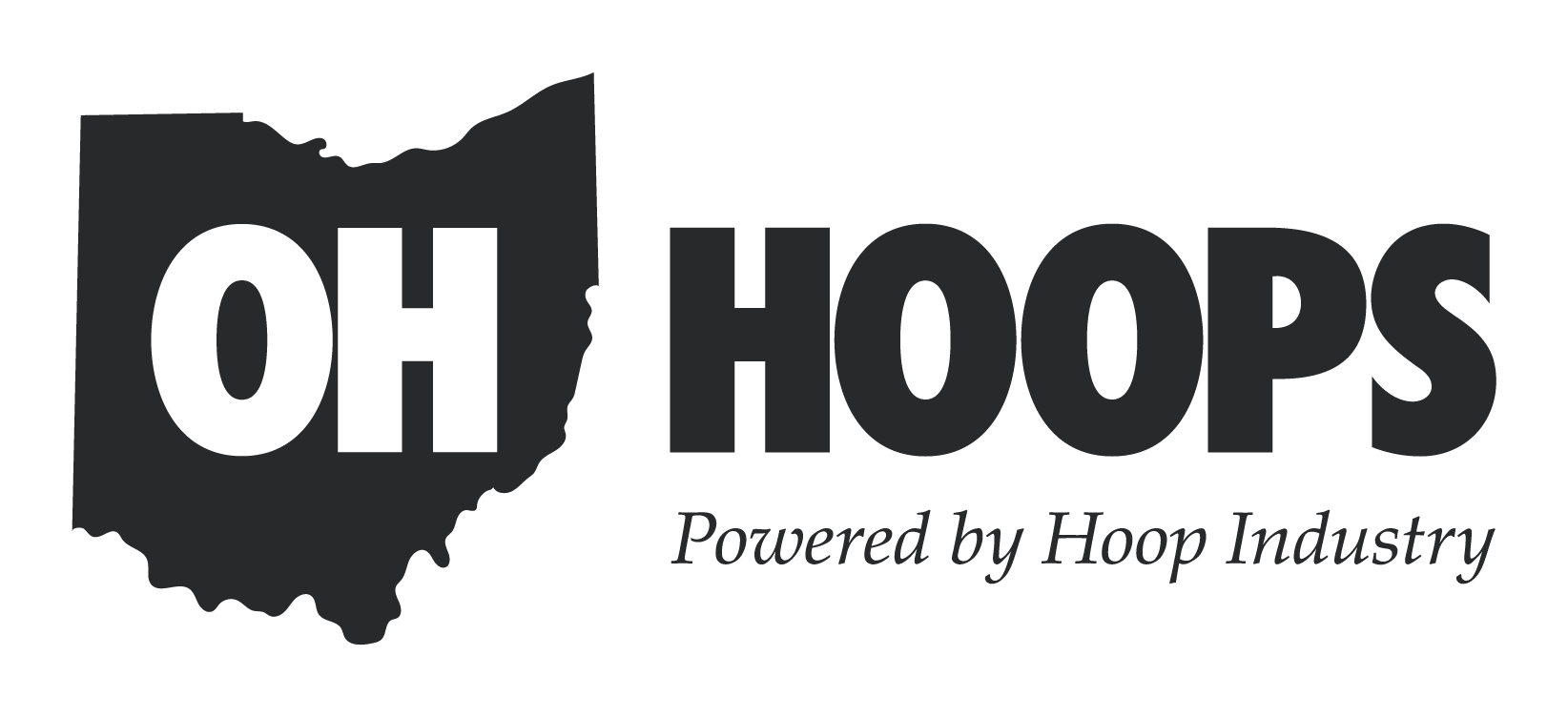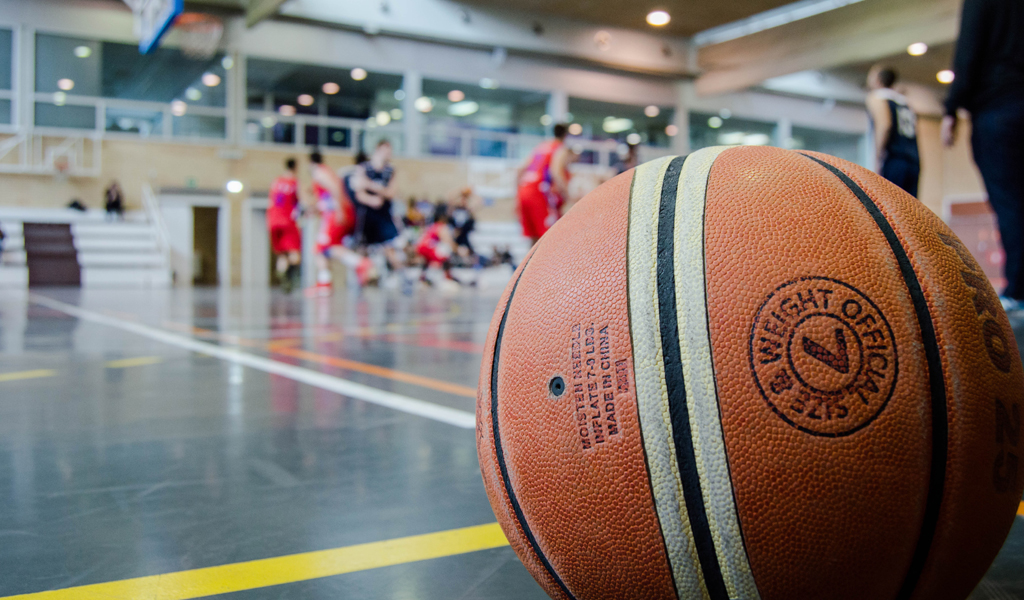The landscape of college sports has been significantly impacted by the new Name, Image, and Likeness (NIL) rule that went into effect in July 2021. This rule allows college athletes to profit from their name, image, and likeness, which includes endorsements, sponsorships, and social media monetization. This essay will focus on how the new NIL rule is impacting college basketball this year.
First, it is important to understand the context in which the NIL rule was implemented. Prior to its introduction, college athletes were not allowed to profit from their own image and likeness. This was a controversial issue, as many argued that athletes were being exploited for their talent while universities and the NCAA made billions of dollars from their performances. The NIL rule was put in place to address this imbalance and give athletes the right to earn money from their own brand.
The impact of the NIL rule on college basketball has been significant. Many top players have already signed lucrative endorsement deals, ranging from clothing brands to sports drinks. One of the most notable examples is the University of Miami who recently made the Final Four. It has been reported that Miami men’s basketball players have received in excess of $2million, with one player reportedly earning $800,000 in NIL deals.
One of the biggest impacts of the NIL rule on college basketball is that it has leveled the playing field for athletes at all levels. In the past, only top-tier players were able to generate significant interest from advertisers and brands. Now, however, players at smaller schools or those who play less prominent roles on their teams can profit from their image and likeness. This has led to a more diverse range of athletes being able to earn money from their own brand, which is a positive development for college basketball.
Another impact of the NIL rule on college basketball is that it has changed the way that players approach their college careers. In the past, many players viewed college basketball as a steppingstone to the NBA. While this is still true for many athletes, the ability to earn money from endorsements and sponsorships has given players a new incentive to stay in college longer. By staying in college, players can continue to build their brand and earn money from it, while also continuing to develop their skills on the court. Additionally, it is now becoming more lucrative for players to continue to play in college as opposed to leave to play professionally in Europe, as many NIL deals are paying more than entry-level deals in overseas professional leagues.
The NIL rule has also had an impact on the way that coaches and universities recruit players. In the past, schools with the biggest budgets were often able to attract the top players. Now, however, the ability to earn money from endorsements and sponsorships has given athletes more freedom to choose where they want to play. This means that smaller schools with fewer resources are now able to compete for top talent in a way that was not possible before. While the NIL rule has been well-received by the players signing the deals, there are some concerns that have been raised. One of the biggest concerns is that the new rule will create a “pay-for-play” system, where athletes are paid directly by universities or boosters in exchange for their services on the court. This is currently against NCAA rules, but the fear is that it will become more common as the NIL rule becomes more established.
Another concern is that the NIL rule will create a divide between athletes who are able to profit from their image and likeness and those who are not. While the rule has given more athletes the opportunity to earn money, there are still many who will not be able to generate significant interest from advertisers or brands. This could create a situation where some players feel left out or undervalued, which could have a negative impact on team dynamics.
Despite these concerns, the NIL rule is now part of college basketball, and provides a way to compensation for college athletes.
The impact of the NIL rule on college basketball is not limited to just the players. Coaches and universities are also adapting to the new reality of college sports. For example, universities are now offering resources to help athletes navigate the world of endorsements and sponsorships, such as legal and financial advice. This is an important step towards ensuring that athletes can protect their brand and make smart decisions about their future.
The NIL rule has also had an impact on the NCAA as an organization. In the past, the NCAA has been criticized for its strict rules regarding amateurism and its failure to adequately compensate athletes. The NIL rule is a response to these criticisms and represents a step towards a more equitable system for college sports.
However, there are still some who argue that the NIL rule does not go far enough. Some advocates for college athlete rights argue that athletes should be paid directly by their universities, as they are the ones generating revenue for the school. While this may be a valid argument, it is important to recognize that the NIL rule is a significant step forward and has already had a positive impact on college basketball. Also, most basketball programs outside of the power 5 are not profitable. Many of these universities simply do not have the resources to pay a salary to their athletes.

